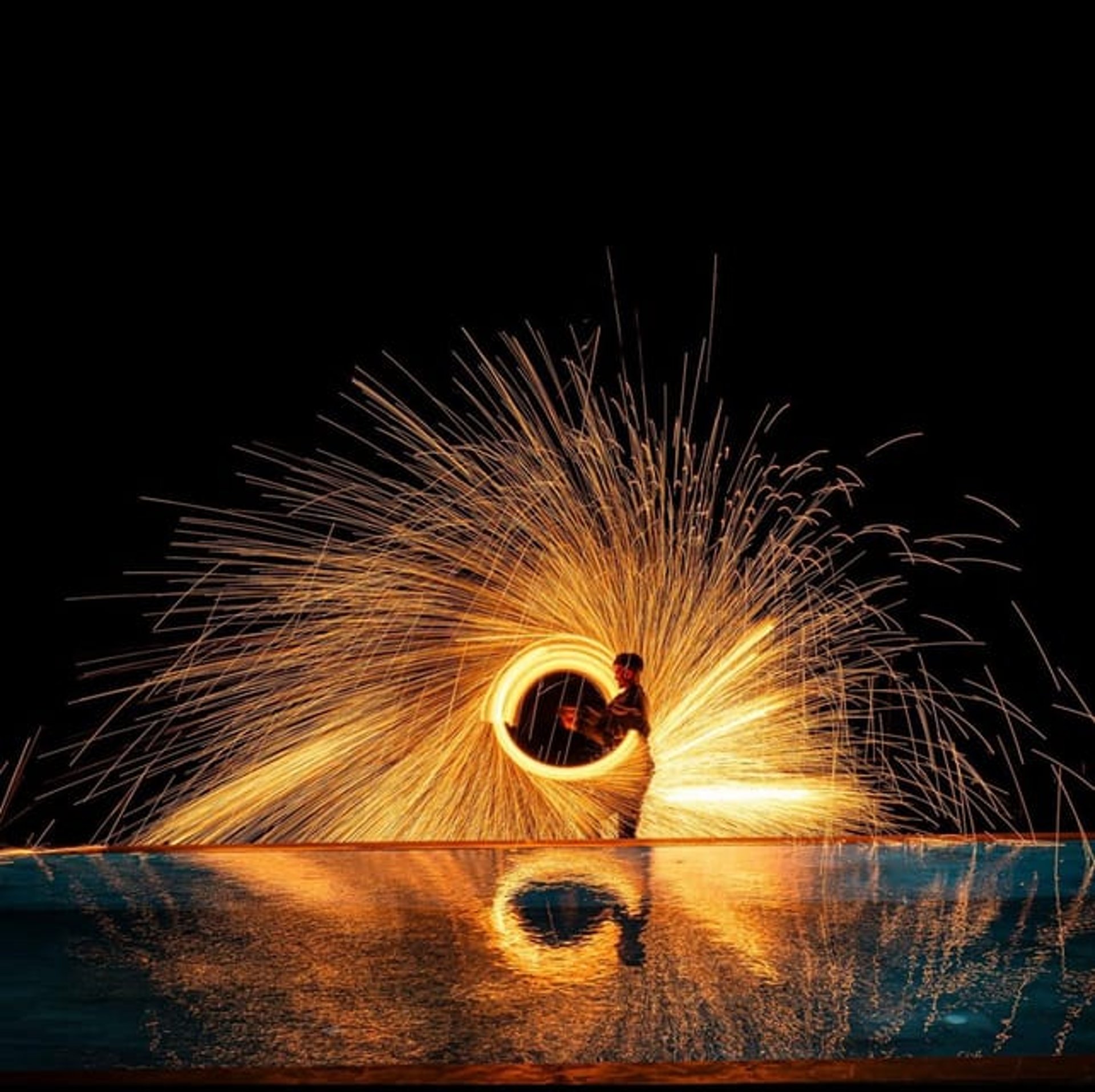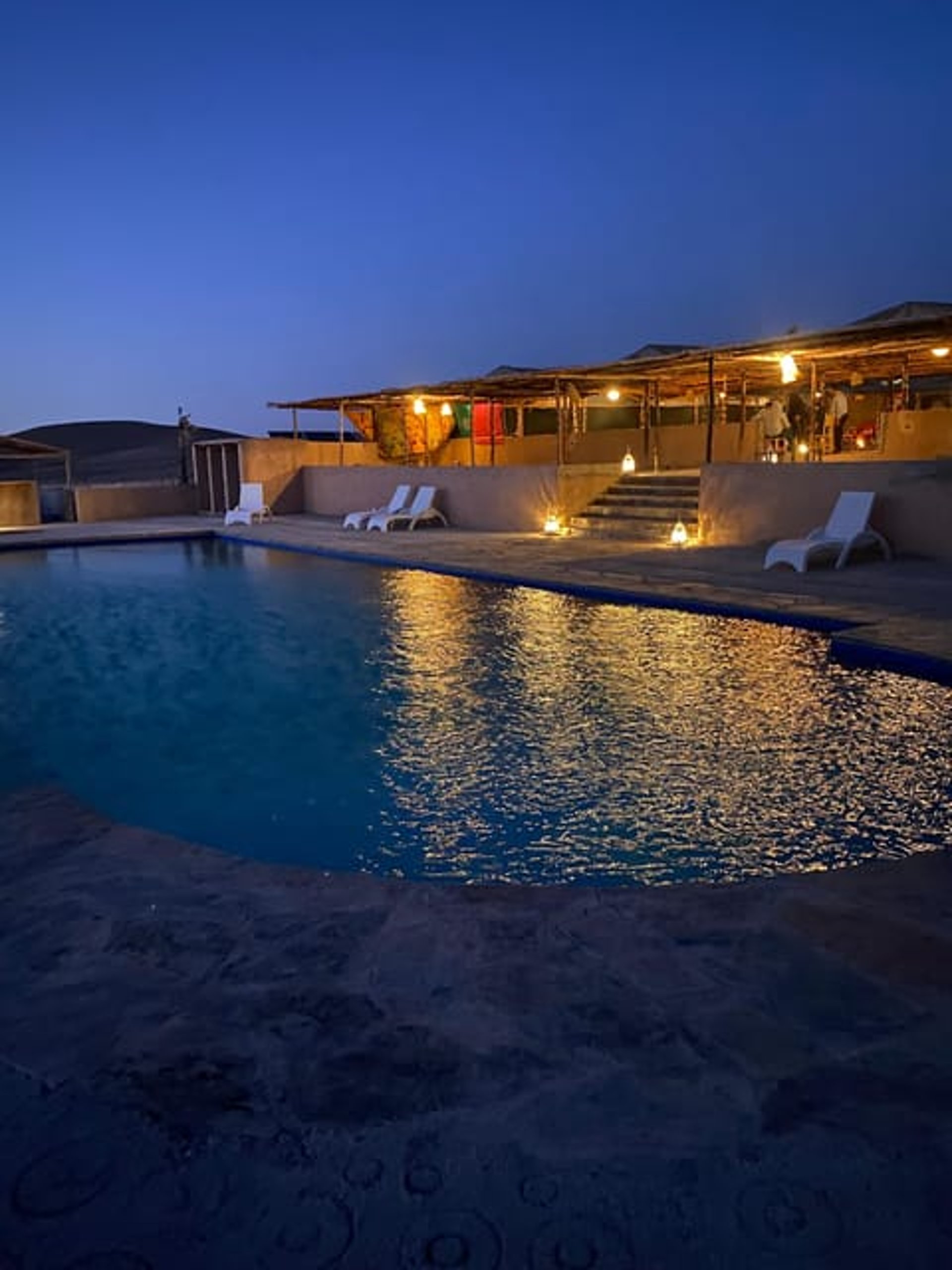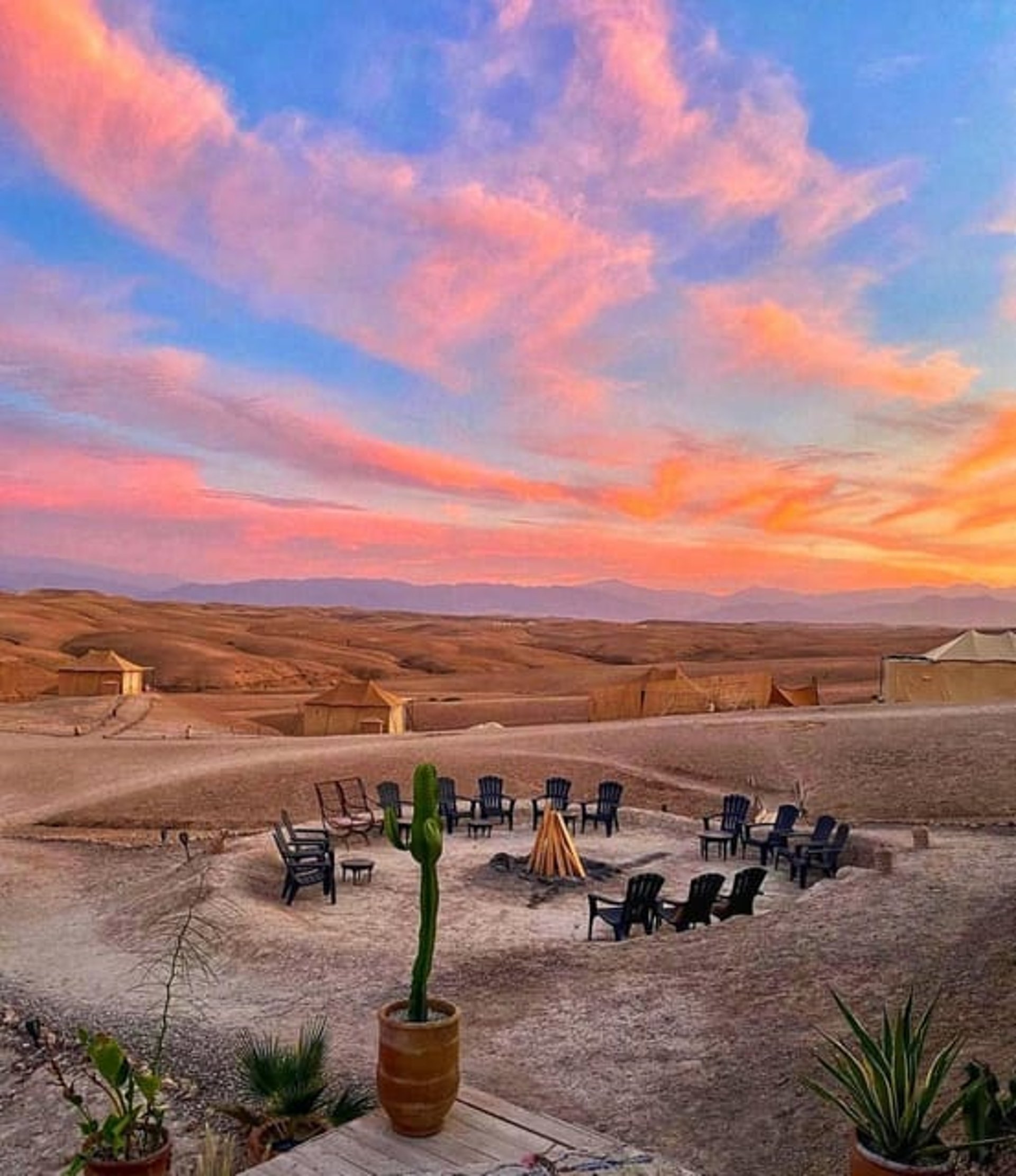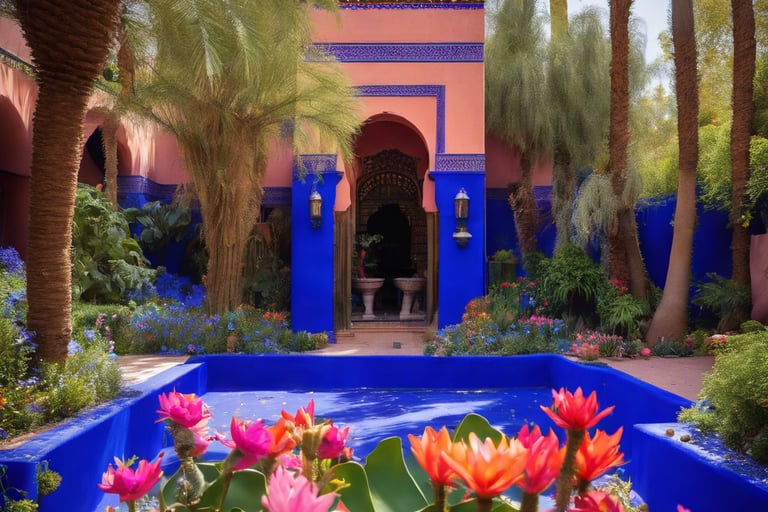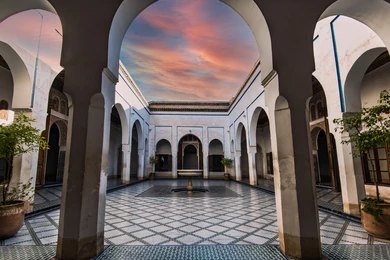Best 10 places to visit in Marrakech 2025
The best places to visit in Marrakech 2025
12/2/20246 min read


The Vibrant Jemaa El-Fnaa Square
Located at the heart of Marrakech, Jemaa El-Fnaa Square is an essential component of the city’s cultural fabric and a UNESCO World Heritage site. This bustling square serves as a central hub where locals and tourists converge, creating a vibrant atmosphere that pulsates with life. Historically, it has been a gathering place for traders and performers, evolving over the centuries into an iconic symbol of Moroccan heritage. Visitors can expect to be greeted by a kaleidoscope of sights, sounds, and smells as they navigate through a diverse array of street performers, from snake charmers to musicians, as well as merchants showcasing local crafts and products.
The lively environment of Jemaa El-Fnaa is accentuated by the myriad of food stalls that line the square, offering an assortment of traditional Moroccan cuisine. From tantalizing tagines to sweet pastries, the culinary experiences here are both diverse and delectable. As the sun sets, the square transforms into a magical feast for the senses, illuminated by dozens of lanterns and filled with the enticing aromas of grilled meats and spices. This vibrant ambiance continues into the night, making it an ideal time for visitors to fully appreciate the square's dynamic atmosphere.
To experience Jemaa El-Fnaa authentically, it is advisable to visit during the evening when the square is at its liveliest. A handful of tips can enhance your visit: arriving early allows for a leisurely exploration of the various stalls and performances; engaging with local artisans can help you appreciate the rich craftsmanship involved in their work; and trying out different food vendors can provide a delightful sampling of Moroccan flavors. Patience is key, as the square can become crowded, yet this energy only adds to the experience of being in such a historically significant and vibrant locale.
Architectural Marvels: Koutoubia Mosque and Bahia Palace
Marrakech, a city steeped in history and characterized by its stunning architecture, offers visitors a glimpse into its rich Islamic heritage through landmarks such as the Koutoubia Mosque and the Bahia Palace. The Koutoubia Mosque stands as the largest mosque in Marrakech, renowned for its stunning 77-meter minaret that dominates the city's skyline. Constructed in the 12th century, this architectural masterpiece not only serves as a place of worship but also acts as a guiding point for travelers navigating the medina. Visitors will find that the mosque's accessible grounds provide an excellent view of its intricate design while emphasizing the spiritual atmosphere surrounding this iconic landmark.
Transitioning from the Koutoubia Mosque, the Bahia Palace emerges as another remarkable example of Islamic architecture, showcasing opulence and artistry from the 19th century. The palace is celebrated for its expansive gardens, which feature meticulously arranged orange trees, fountains, and vibrant flowers that create a serene environment. Inside the Bahia Palace, one can admire the intricate tile work and breathtaking ceilings that exemplify the craftsmanship and attention to detail characteristic of Moroccan art. Visitors are encouraged to explore the various rooms, each telling a story of the palace's historical significance and the lives of those who inhabited it.
When planning a visit to these architectural gems, it is recommended to check the visiting hours in advance, as they can vary seasonally. The Koutoubia Mosque is open to the public outside of prayer times, allowing non-Muslims to appreciate its majestic exterior. On the other hand, the Bahia Palace is typically open daily, often attracting tourists eager to experience its splendor. To fully appreciate the artistry of these landmarks, taking a guided tour can provide deeper insights into their cultural significance, architectural style, and the historical context of their creation.
Nature and Tranquility: Majorelle Garden
Nestled in the heart of Marrakech, the Majorelle Garden is a botanical paradise that beckons visitors with its vibrant colors and serene ambiance. Created by the French painter Jacques Majorelle in the 1920s, this garden showcases a stunning collection of exotic plants, including cacti, palms, and rare species from various parts of the world. One of the most striking features of the garden is the iconic blue villa, known as Villa Majorelle, which exemplifies the Art Deco style and stands as a testament to the creativity of its creator.
The tranquil paths winding through the garden invite guests to stroll leisurely while soaking in the lush surroundings and bright splashes of color from blooming flowers. Each section of the garden is meticulously designed, creating a sense of harmony that is often hard to find in bustling urban settings. As you explore, take note of the serene water features and vibrant ceramic pots that enhance the visual experience. Furthermore, the garden holds a special connection to the renowned fashion designer Yves Saint Laurent, who, along with his partner Pierre Bergé, acquired the garden in 1980 and dedicated efforts to its restoration and conservation.
For those planning a visit to this enchanting retreat, it is advisable to purchase entry tickets in advance, especially during peak tourist seasons, to avoid long wait times. Ideally, visiting early in the morning or later in the afternoon can provide an opportunity to enjoy the serenity of the garden before crowds arrive. Majorelle Garden is not only a must-visit attraction in Marrakech, but also a perfect spot for a moment of respite from the city's hustle and bustle, ensuring a memorable and peaceful experience amid its natural beauty.
Historical Depth: Saadian Tombs, El Badi Palace, and Ben Youssef Madrasa
Marrakech, a city steeped in rich history, offers visitors an opportunity to delve into its past through significant landmarks, particularly the Saadian Tombs, El Badi Palace, and Ben Youssef Madrasa. Each site provides unique insights into the cultural and architectural evolution of this vibrant city.
The Saadian Tombs, dating back to the 16th century, are the final resting place of the Saadian dynasty. Hidden from public view for centuries, these tombs were rediscovered in 1917 and showcase intricate decoration and exquisite craftsmanship. Visitors can marvel at the elaborate tile work, vibrant mosaics, and serene garden setting, which collectively evoke a sense of tranquility and reverence. A photography tip for capturing the beauty of this site includes framing the ornate arches against the lush gardens to enhance the visual appeal of your photos.
Next, the El Badi Palace stands as a testament to the opulence of the Saadian Sultan Ahmed al-Mansur. Though now in ruins, the palace’s grand structure was once adorned with gold, precious stones, and intricately designed gardens, reflecting the grandeur of imperial Morocco. As you navigate through its expansive ruins, take note of the reflective pools and remnants of the original architecture, which tell stories of a bygone era. Ideal times for photography are during sunrise or sunset when the soft light casts a warm glow on the ruins.
Ben Youssef Madrasa, a former Islamic college, highlights the educational legacy of Marrakech and serves as an extraordinary example of Moroccan religious architecture. Established in the 14th century, the madrasa features a stunning courtyard with detailed stucco work, colorful tile mosaics, and cedar wood ceilings. For visitors seeking to capture this site, it's beneficial to shoot from the upper levels opening into the courtyard for a comprehensive view of its architectural beauty.
Additional cultural experiences can be enriched through visits to the Marrakech Museum and the vibrant souks, allowing visitors to appreciate the dynamic blend of history, art, and commerce that characterizes this magnificent city.
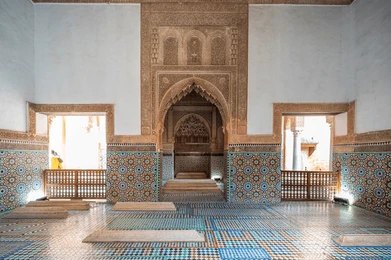



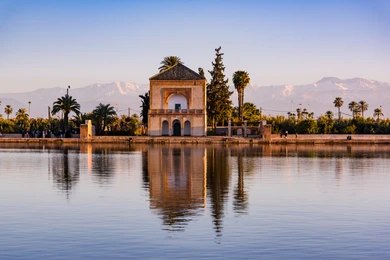



VALUE ADVICES YOU CAN COMPARE THIS SERVICES FEES TO AVOIDE OVERCHARGE






